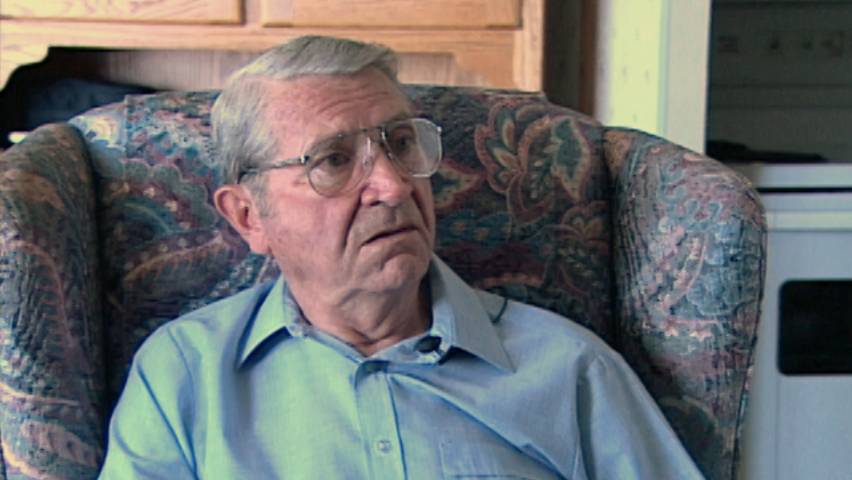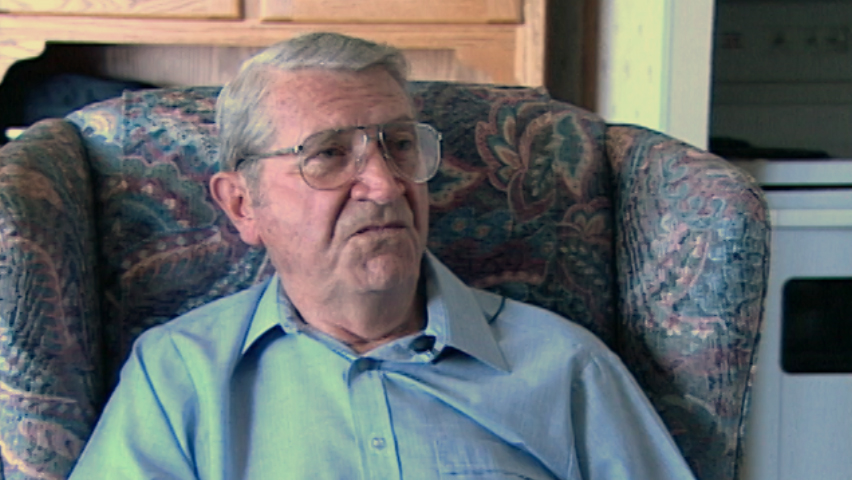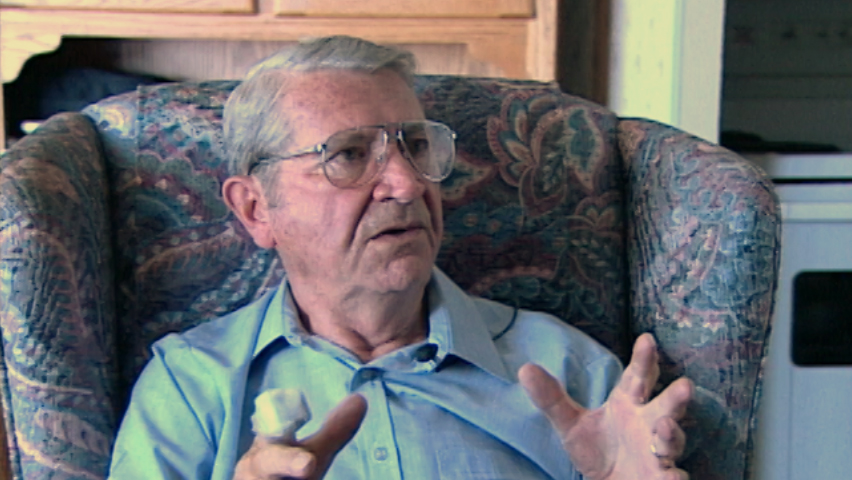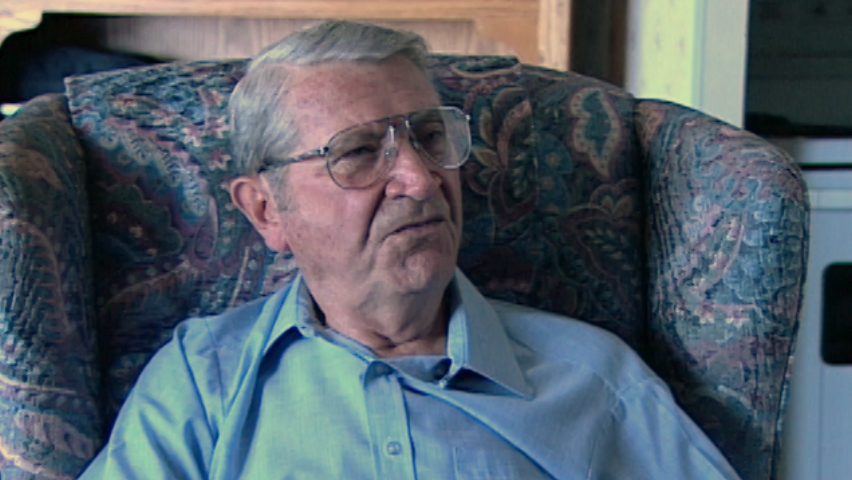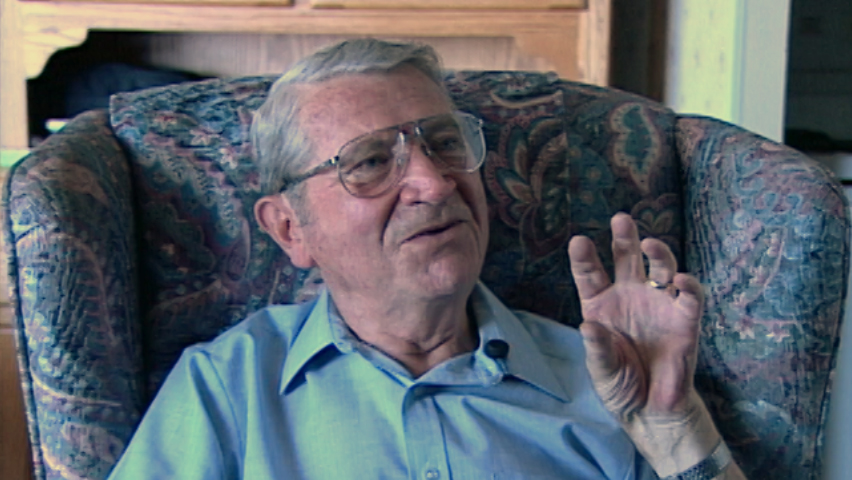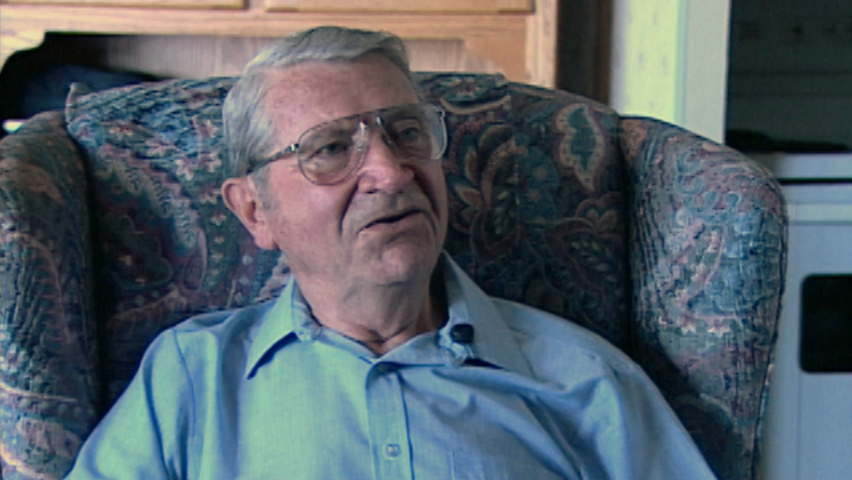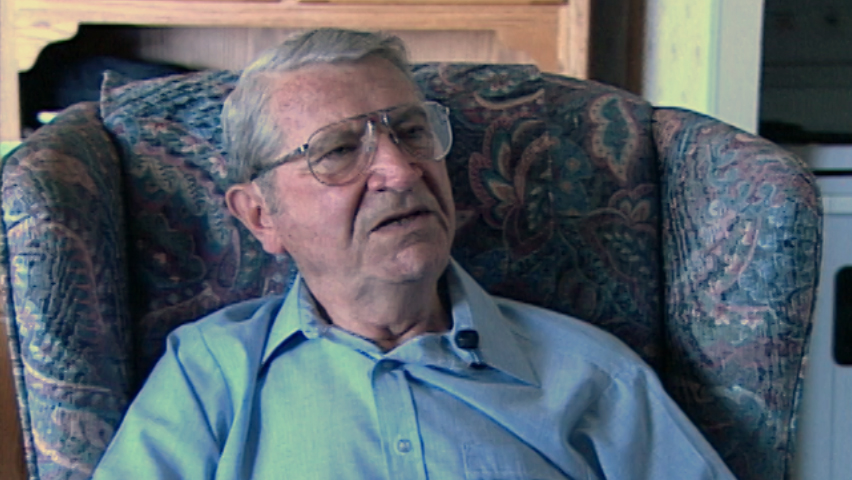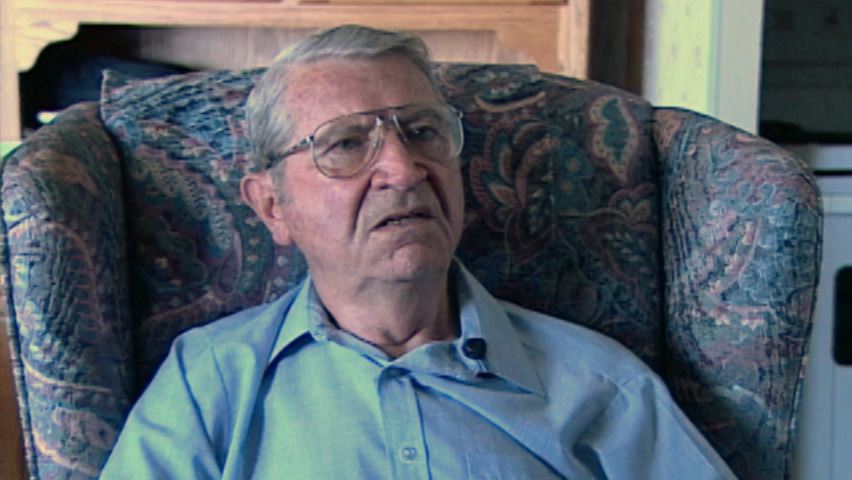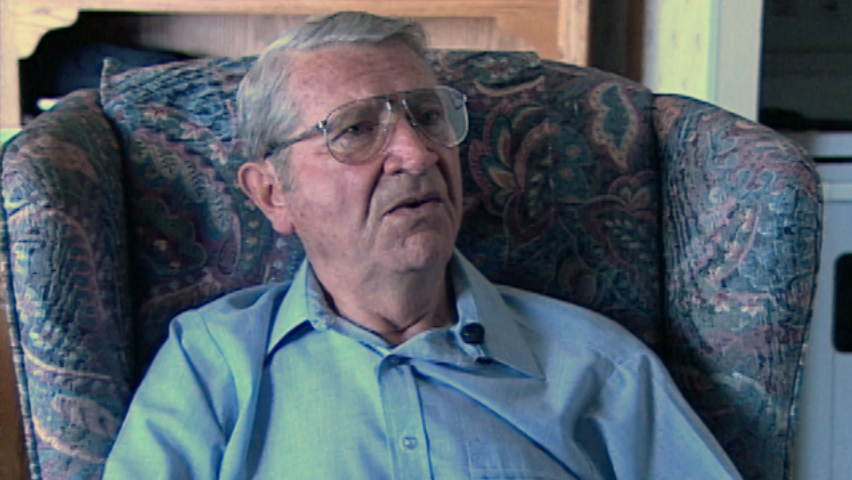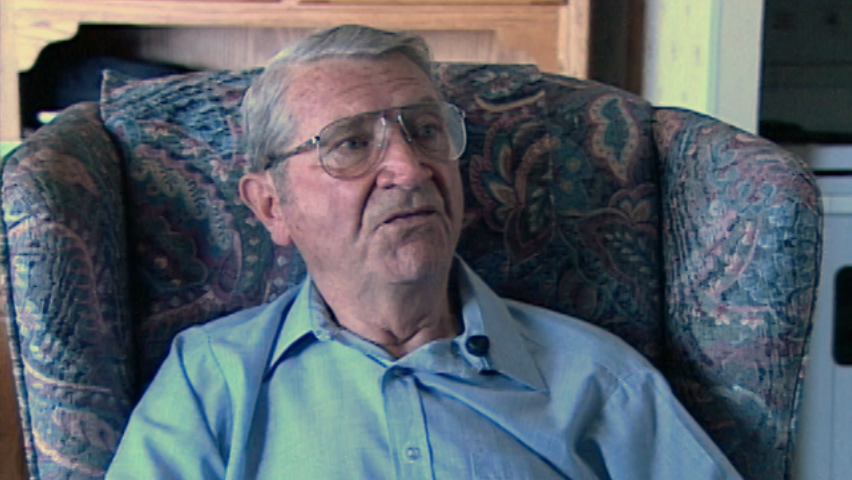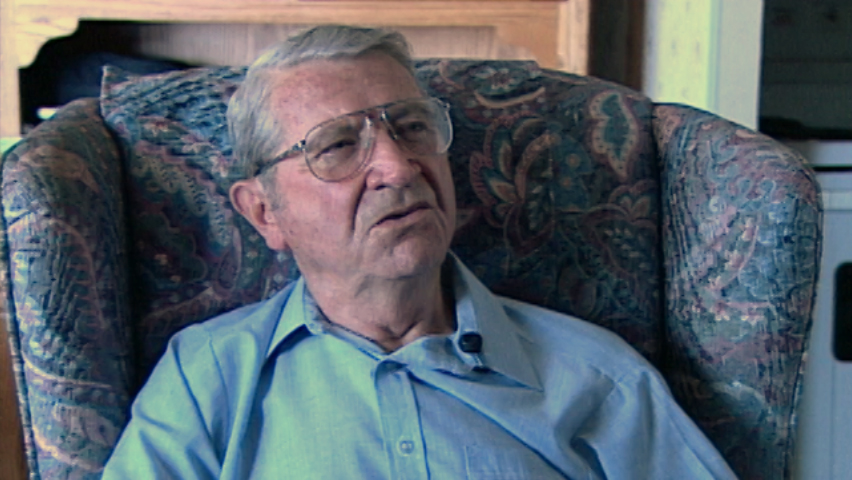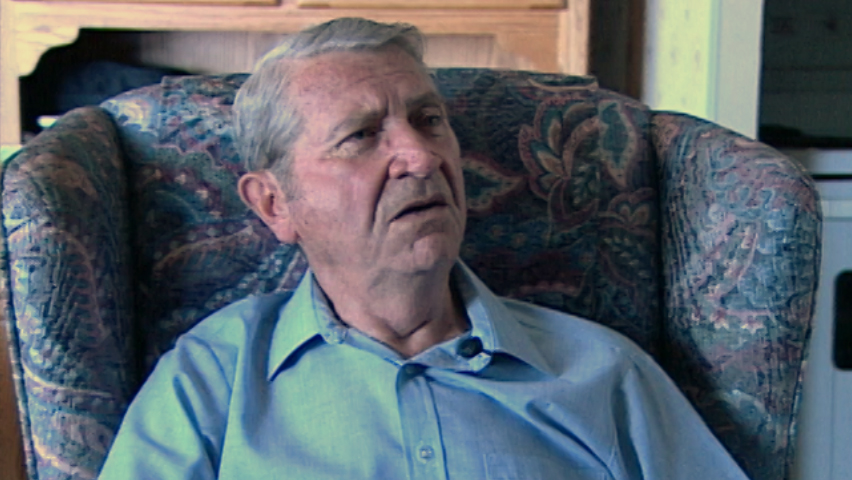Stalin's Second Front: The Raid
Heroes Remember
Stalin's Second Front: The Raid
Transcript
Description
Mr. Champoux explains how “The Raid” affected the morale of Canadian troops who were left behind. He also reveals his opinion of the true reason behind sending soldiers there.
Robert Arthur Champoux
Mr. Champoux was born in Hull, Québec on March 21st, 1921. He lived there until the age of 8 when his father, a First World War Veteran, moved the family to Ottawa. Mr. Champoux had three brothers and four sisters; he was the third oldest child. When the war broke out he was attending Ottawa Technical High School. He left school, after his first year, to join the Army after failing to join the Navy and the Air Force (who were not yet recruiting). He left for Europe July 17th, 1940 and ended up stopping in Iceland where he remained for the next 10 months. Mr. Champoux’s wartime service saw him fighting on D-Day and in the Falaise Gap. He also fought in Calais and later on in Holland where he was wounded. Mr. Champoux got a job with the Mint upon returning to Canada. He joined the army again in 1948 retiring in 1965.
Meta Data
- Medium:
- Video
- Owner:
- Veterans Affairs Canada
- Duration:
- 02:11
- Person Interviewed:
- Robert Arthur Champoux
- War, Conflict or Mission:
- Second World War
- Location/Theatre:
- Europe
- Branch:
- Army
- Units/Ship:
- 13 Platoon - Cameron Highlanders of Ottawa
- Occupation:
- Machine Gunner
Related Videos
- Date modified:



